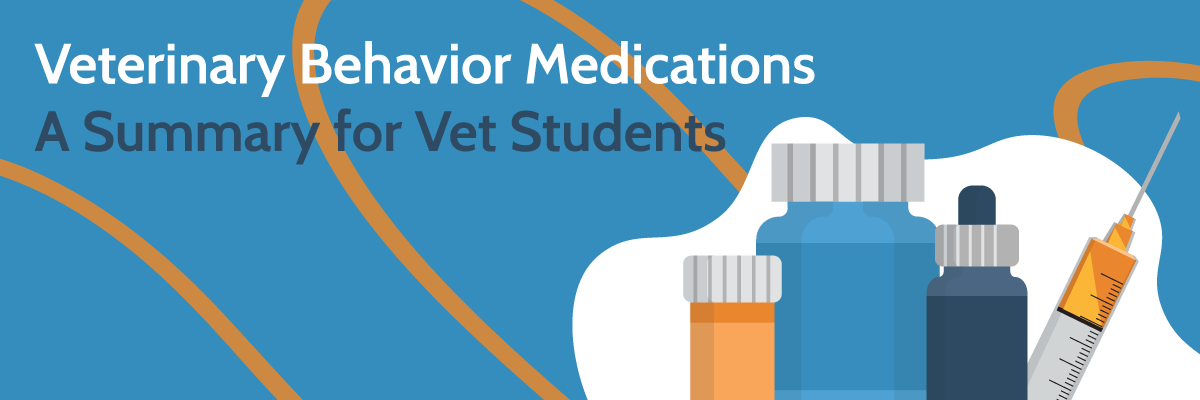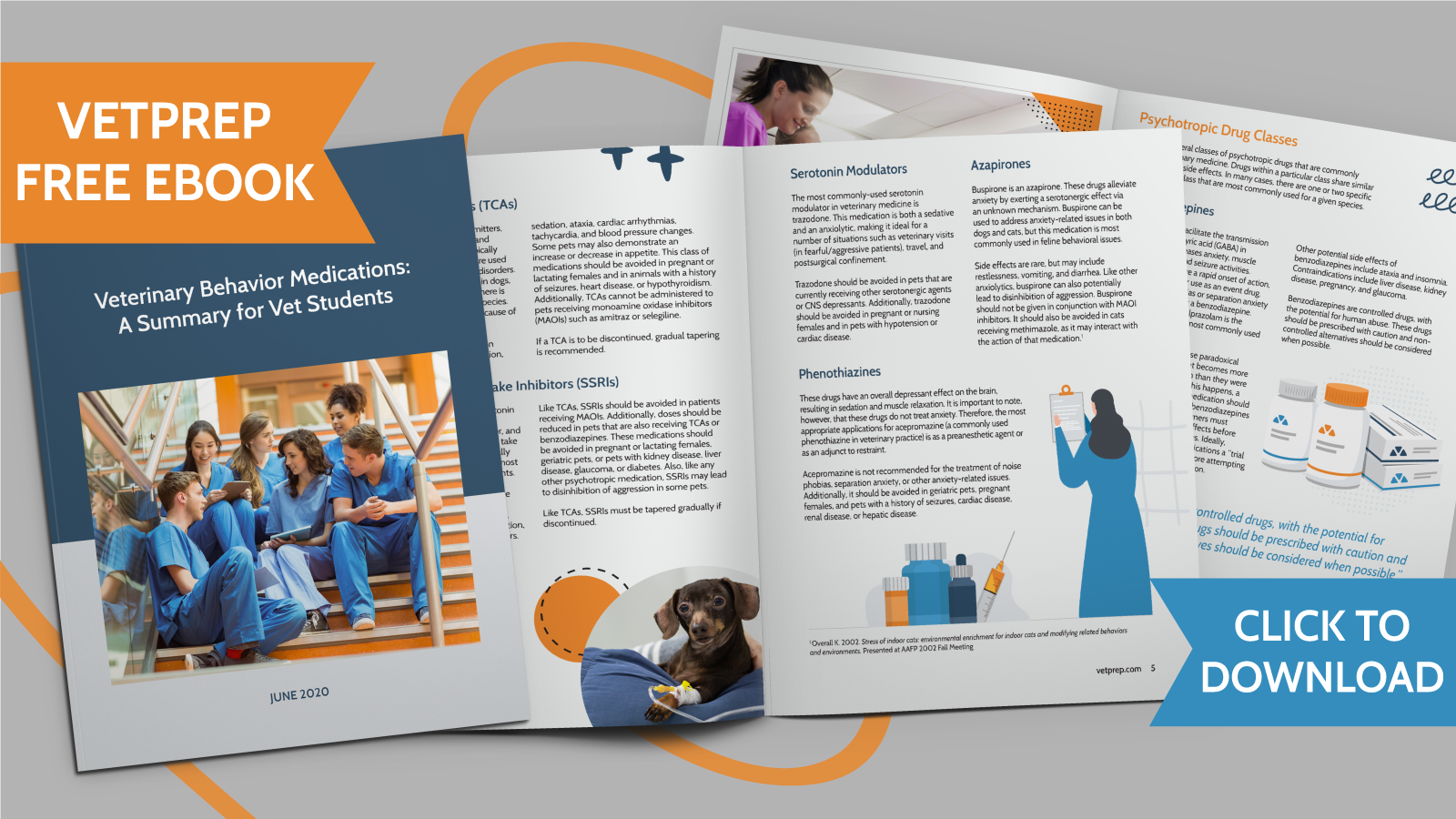
Feather plucking is a common and frustrating complaint in avian patients. This condition is challenging because it can have many potential causes, ranging from medical conditions to behavioral concerns. A thorough medical workup is essential, to rule out underlying medical conditions. If the cause is determined to be behavioral, extensive environmental modifications may be required, along with adjunct medications.
Maxwell: A Case Study
Maxwell, a 13 year old African Grey, is presented for a recent onset of feather loss. His owner is unaware of anything that could have triggered this change. Maxwell lives in a stable home with several other birds and his owner. The owner works 50 hours per week, but she spends most of her non-work hours with her birds. She feels like Maxwell may be preening a bit more than usual, but she is unsure whether he’s truly pulling out the feathers or whether they are falling out for another reason.
You begin by performing a thorough physical examination. Based on your exam, you determine that all of the feather loss is occurring in areas that Maxwell can reach. Therefore, you suspect that the feather loss is self-induced. Additionally, the feather loss is multifocal, suggesting that there probably isn’t an underlying mass or focal lesion that is triggering the feather plucking. You look carefully for mites or other parasites and do not see anything suspicious.
Next, you recommend the following diagnostics:
- Complete blood cell count and serum biochemistry
- Fecal parasite exam, including direct exam and fecal flotation
- Cloacal and choanal culture
- Radiography1
You explain to Maxwell’s owner that metabolic diseases, intestinal parasites, and infections can all cause pain and stress, which can lead to feather picking in some birds.
Note: While we often focus on external parasites as a cause of feather loss, mites are actually uncommon in indoor birds. Instead, consider skin disorders (dermatitis, dry skin), hypersensitivity (inhalant, contact, or food), psittacine beak and feather disease, orthopedic disease (osteodystrophy, degenerative joint disease), reproductive disease, chronic hepatic disease, proventricular dilatation disease, air sacculitis, toxicity, malnutrition (obesity, hypovitaminosis A), and neoplasia.2
The owner consents and you proceed with diagnostic testing. Fortunately, all of the diagnostic tests come back negative.
Now that you have ruled out medical causes for Maxwell’s feather plucking, you can discuss a behavioral treatment plan with Maxwell’s owner.
Environmental Modification
Feather plucking serves as a coping mechanism, allowing birds to deal with the stress, anxiety, and boredom that can occur in captivity. Studies in African Greys have shown that feather plucking birds have higher resting fecal cortisol levels than birds that do not exhibit this behavior.3 Negative emotions in birds can be caused by negative stimuli (such as crowding or sleep deprivation), an unpredictable environment, and/or an inability to express species-appropriate behaviors (such as social interaction, flight, and foraging).
In some cases, feather picking can be successfully addressed through environmental modification alone. These modifications should include decreasing negative stimuli, providing a more stimulating environment, giving a bird a more predictable schedule, and increasing human interaction.
Feeding modifications are a simple way for owners to provide enrichment to their bids. Wild birds spend an average of 5-8 hours per day foraging for food, while captive birds spend less than one hour per day eating and foraging. Research has shown that parrots actually prefer to work for their food, instead of being fed free choice, so this can be a realistic option for many owners to provide environmental enrichment.3 Owners can use a puzzle feeder to dispense food, hide food and treats around the home, or consider other modifications to make feeding a more challenging task.
Owners should also ensure that their birds have an adequate supply of toys to prevent boredom. These toys should be rotated regularly, in order to provide novel stimuli. Giving birds opportunities to bathe can also alleviate boredom, while also helping to prevent dry skin.
If a source of stress can be identified, owners should attempt to alleviate that stress. If animals outside the window are stressing the bird, consider moving the bird away from the window. If two birds in the home do not get along, those birds may need to be separated. Finally, creating and adhering to a daily schedule can reduce anxiety in some birds.
Also, ensure that owners aren’t reacting to their bird’s behavior. If owners become anxious and frustrated about their bird’s feather loss, the bird may pick up on this anxiety and experience a worsening of their feather plucking. If owners attempt to redirect the bird to something fun, they may be unconsciously reinforcing the behavior. Try to convince your owners to remain calm and nonreactive in the face of feather plucking.
Behavior Medications
If environmental modification alone is insufficient to alleviate feather plucking, you may need to add medication. It is important to note, however, that these medications should still be used in conjunction with behavioral/environmental modification.
Commonly used medications for feather plucking include nortriptyline (an antidepressant) and haloperidol (an antipsychotic). An antidepressant is often tried first; if that medication is ineffective, an antipsychotic may be attempted.4 These medications are not to be used in combination.
Nortriptyline: This antidepressant is available as a 2 mg/ml syrup of nortriptyline HCL. In birds, it is added to the water at a dose of 1 ml/4oz drinking water.4
Haloperidol: This antipsychotic agent is available as a 2 mg/ml solution. In birds under 1 kg, it is dosed at 0.2 mg/kg twice daily. In larger birds (over 1 kg) it is dosed at 0.15 mg/kg once to twice daily.4 Birds should be monitored closely for potential side effects. Additionally, haloperidol must be avoided in Hyacinth Macaws due to a risk of toxicity.
Prognosis
It is important to give your clients realistic expectations when treating feather-plucking. Feathers may never completely regrow, due to damage to the feather follicle. Permanent and complete resolution may be unrealistic, but a reduction in the severity and frequency of feather-plucking should be considered a victory.
References
- Trully TN. 2011. Avian parasites: a common problem. DVM360. Retrieved from https://www.dvm360.com/view/avian-parasites-common-problem-proceedings
- Jones R. 2014. The feather-plucking bird. Presented at British Small Animal Veterinary Congress, Birmingham, UK.
- Van Zeeland Y. 2015. Feather Damaging Behavior I: Current Insights on Etiologies and Diagnostic Approach to the Problem. Presented at ABVP Sympsium, New Orleans, LA.
- Trully TN. 2011. Avian case discussion: the good, bad, and ugly. DVM360. Retrieved from https://www.dvm360.com/view/avian-case-discussion-good-bad-and-ugly-proceedings



